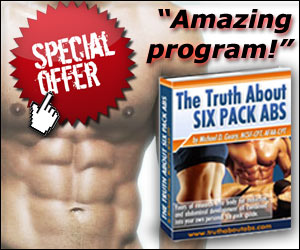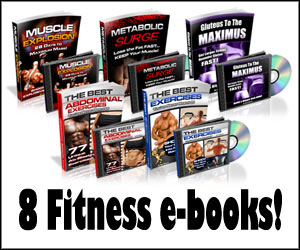The run. Making the commitment to get outside and go for another 5km personal best. Once the shoes go on, there’s no turning back. I turn to my wife as I step outside and let her know that she should see me in half an hour and if not, to come looking.
Focused, starting to breathe deeply without having yet even taken my first stride, I do the final checks. Shoes - yes. Matching shorts and t-shirt - check. Ipod on and volume is reasonable - yep. I take a glance at my reflection in the window. Hair seems to be in place - good stuff. Then I’m off.
At first it feels great. I’ve got a bounce that makes me feel like I’m barely touching the ground. Practically running on my toes, I fly down my street, feeling the neighbors’ stares of what I suspect is admiration of my effortless gliding. I’ll impress them even more - I’ll push harder until I’m out of site.
Around the first corner - the first bead of sweat begins forming on my forehead. The setting sun beats down and I notice the shadows of passing cars and assume that the drivers are also watching me as I blaze down the hill at top speed and they must also want to join me because I make it look so easy.
I’ve been running 15 minutes now. Starting to really feel it in my shins and ankles. Man… I shouldn’t have been bouncing and running on my toes so much at first. Should have kept it a little slower - paced myself a bit.
The sweat’s really dripping now. Have to wipe my brow with my t-shirt. I’m slowing down and the only thing left ahead of me is to go all the way back and all the way up the hill from where I came.
20 minutes pass. Really feeling it. Everything in my perifery is blurred. At this point, I’m strictly focusing on getting to the next point in front of me - that next tree, that next stop sign, that next intersection.
In the distance, I see what looks to be someone coming my way - coming towards me - looks like they’re also running. Yes, yes… they are running. As he approaches, I realize that he’s quite a bit older than me. Man he’s sweaty. I wonder if he’s just started or he’s nearing the end of his route like me. Regardless, we get closer.
We can see each other’s faces clearly. I look into his eyes. He looks into mine. We know what each other is going through right now. We know that our pain and our goals are both the same. We both pull our chests up a bit as we each edge to the side of the sidewalk to let the other easily get by. As we pass, we take that last stare and then almost as if an instinctive right of passage, we do the nod.
In a swift motion - two synchronous head bobs to acknowledge the other’s willingness to put them through the same torture. We nod as a salute - knowing that each of us is putting up the good fight and will be victorious in due time. Yes, we perform the runner’s nod. And we pass and keep running.
No Comments | In: exercise, running | | #




